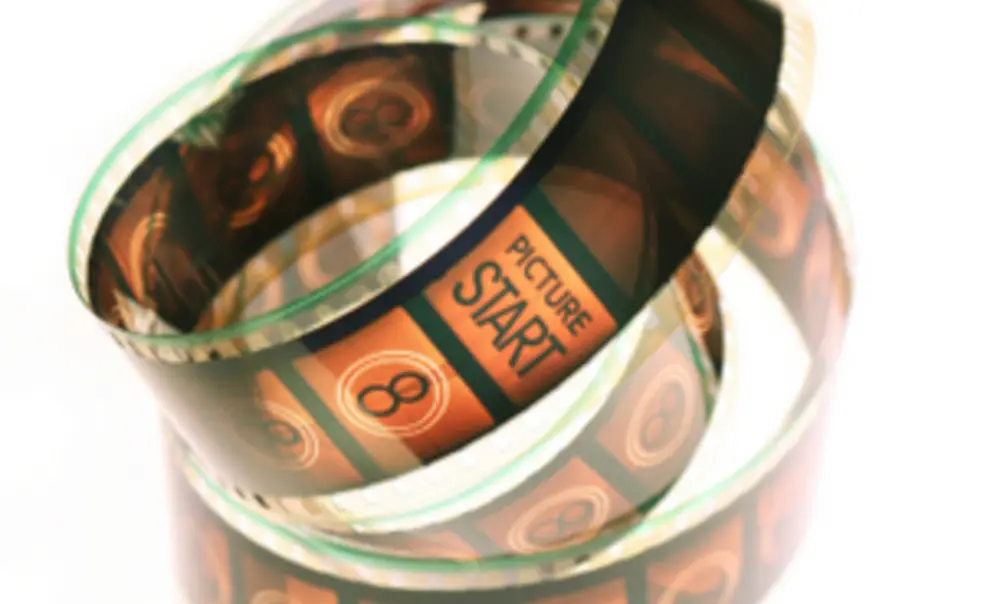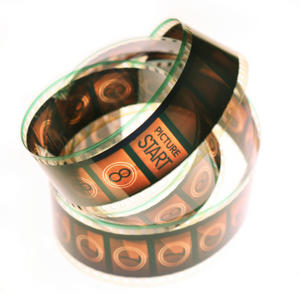Humanities Colloquium looks at film studies in a digital world
The sixth annual Humanities Colloquium on Sept. 12 included a panel on "The State of Film Studies – at Princeton and in General." (Photo: ©iStockphoto.com/Barssé)
Princeton’s sixth annual Humanities Colloquium on Sept. 12 concluded with a lively discussion of the state of film studies at the University and at large. On the panel were four professors from the departments of German, visual arts, English, and comparative literature – a mix of academic fields that reflects Princeton’s multidisciplinary approach to film studies, in the absence of a dedicated program or department. An undergraduate certificate in film is offered by the visual arts program.
In P. Adams Sitney’s view, the deficiency in film studies is especially grim. A renowned scholar of avant-garde cinema, Sitney has taught film at Princeton for 32 years and fought tirelessly both for the recognition of film studies as an autonomous discipline and for the creation of a University film archive on par with those at peer institutions Harvard and Yale. Now Sitney admits that the “fight to maintain film has been lost” — derailed in no small measure by a generation “bred to think they had seen a film when they had looked at their furniture instead.”
His comment alluded to a cause celebre within the film community: the ongoing transition from photochemical to digital filmmaking. Today’s films are, almost without exception, produced and projected digitally, stripped of the rich color and grain of traditional celluloid stock. But perhaps more dire than the loss in image quality is the loss in cinematic experience, as films are increasingly seen on the small screen of a computer or smartphone. While digital technology has made filmmaking cheaper and more accessible, empowering the next generation of artists, it has also made filmgoing private and banal.
For those reasons, Keith Sanborn called the present “the best of times and the worst of times” for film. Sanborn is a filmmaker and video artist who teaches filmmaking at Princeton. He describes his pedagogical approach as “reinventing the wheel” — that is, “reinventing [students’] consciousness of their position as a historical subject.”
Media theorist Thomas Levin, an associate professor of German, also highlighted the specificity of students’ “cultural sensibility of film.” He argued that film studies is an “institutional anachronism” in the digital age. “The 21st century must graduate students with media literacy,” Levin said, noting that film is only one aspect of the media landscape.
Michael Wood, a prolific author and former chair of the English department, invoked the ontological stakes of the debate, pondering what cinema fundamentally is and whether it is defined by its celluloid material: “Have you seen Gone with the Wind if you’ve seen it on an iPhone?” He acknowledged that though “technology doesn’t produce essence,” it does produce a different experience.
Ultimately the question of what film studies is and whether it is worthwhile is inextricably tied to the question of what film is and whether it, in some form or another, is worthwhile. But both questions may be rendered moot, or at least absorbed, by the rapidly developing field of media studies. “We can’t talk about film without talking about media,” said Wood. “They’re moving, we can’t stop them, so we might as well try to understand them.”

Vicky Gan ’13 is a history major from Baltimore, Md.













No responses yet